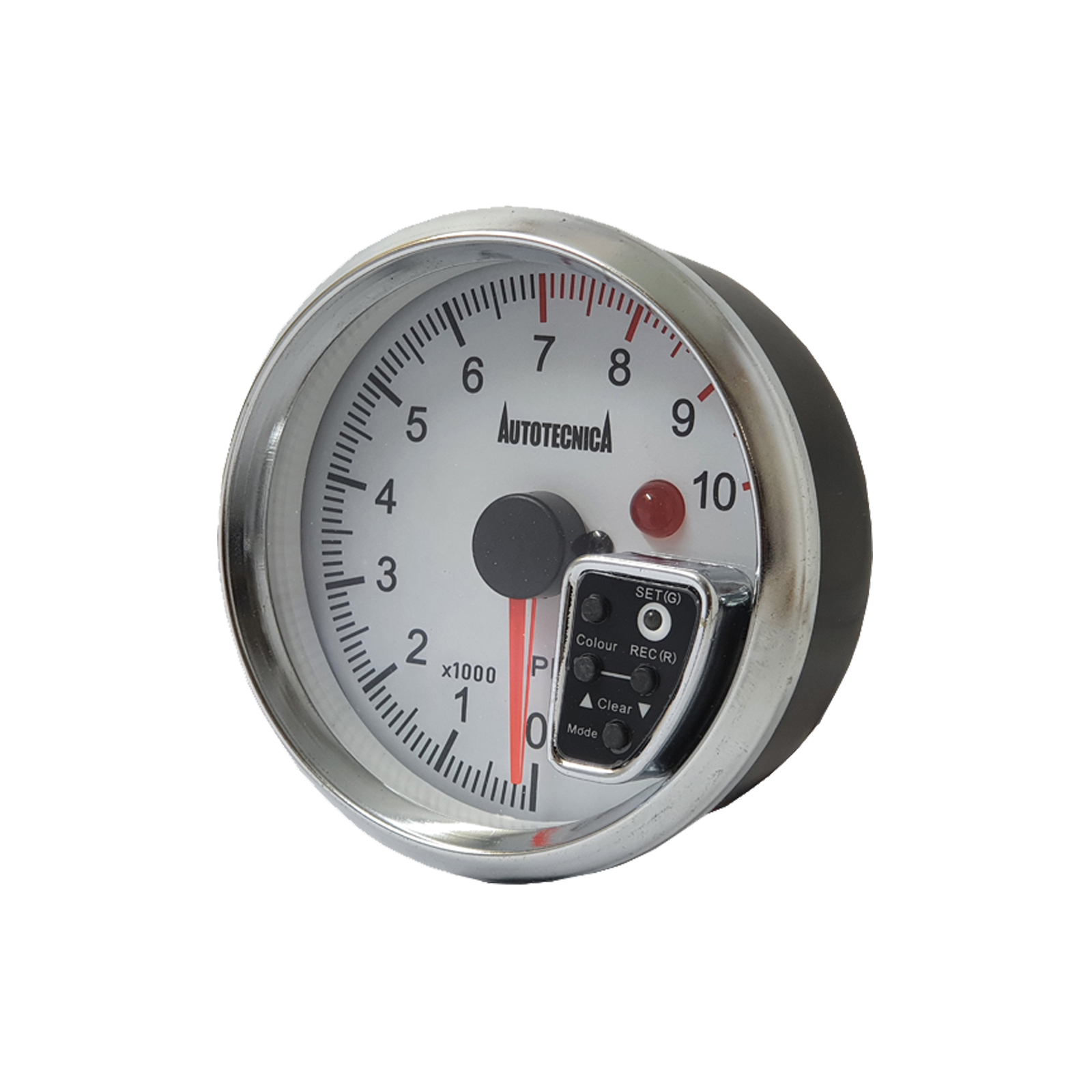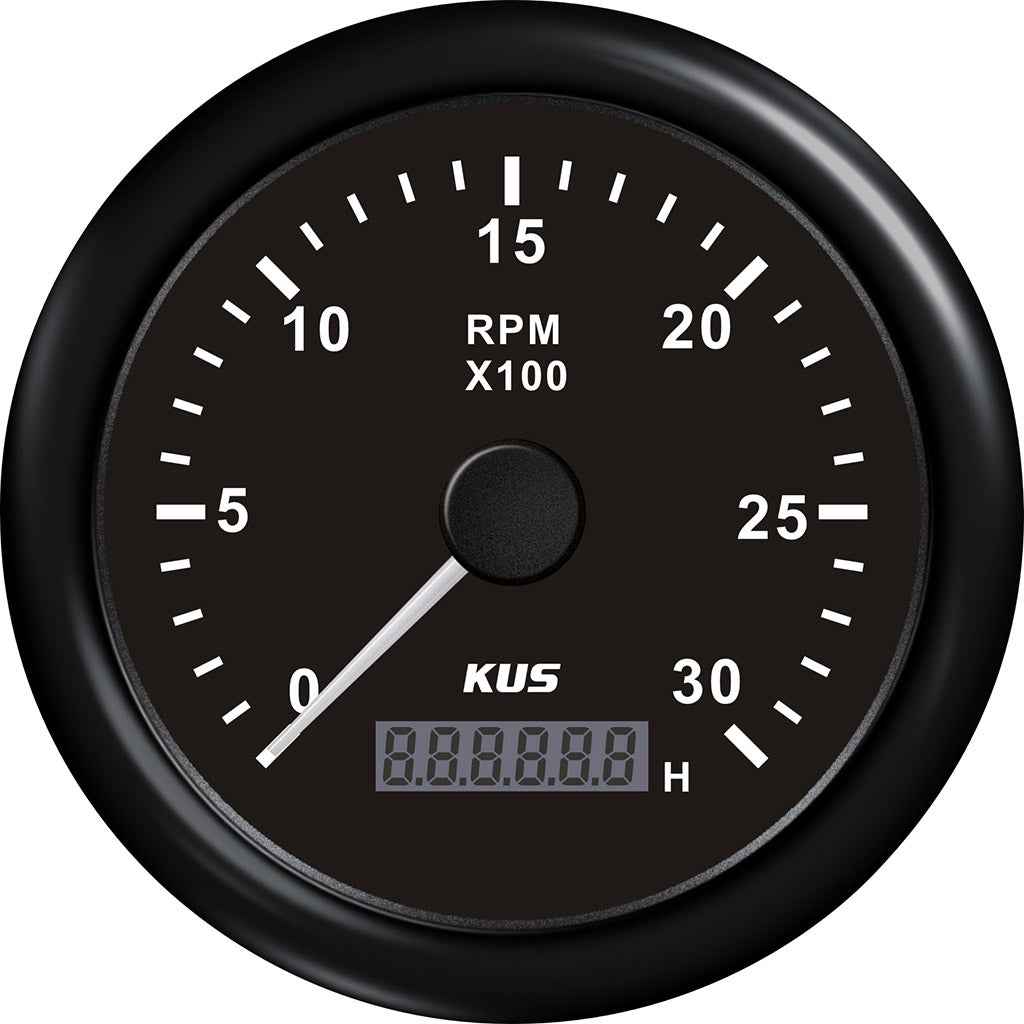Leading Reasons Why Every Driver Demands a High-Quality Tachometer
Leading Reasons Why Every Driver Demands a High-Quality Tachometer
Blog Article
The Relevance of a Tachometer in Keeping An Eye On Engine Rate and Performance in Automotive Applications
In the world of auto engineering, the tachometer stands as an essential instrument in the vehicle driver's arsenal, supplying a direct home window into the internal workings of a vehicle's engine. Beyond its function as a plain gauge of transformations per min (RPM), the tachometer serves as a critical device for lovers and experts alike, supplying real-time understandings right into engine performance and health and wellness.
Significance of Monitoring Engine RPM
Monitoring engine RPM, or revolutions per min, is a vital facet of automotive maintenance and performance analysis. Engine RPM straight associates with the rate at which the engine's crankshaft revolves, indicating exactly how rapidly the engine is running.
In addition, monitoring engine RPM is essential for performance examination in auto racing and high-performance automobiles. In recap, checking engine RPM is not just essential for spotting problems however also for enhancing engine efficiency in different automobile applications.

Benefits of Real-Time Information
In vehicle applications, real-time information plays a vital function in offering instant understandings right into the performance and problem of the car. By continuously keeping an eye on numerous criteria such as engine speed, temperature level, fuel usage, and more, real-time data supplies many benefits that add to boosted effectiveness and safety and security on the road.
In addition, real-time data facilitates efficiency optimization by giving instant responses on driving routines and engine performance. Motorists can adjust their habits in real-time based on this information to achieve much better gas economic situation and extend the life expectancy of their automobile.

In addition, real-time information plays an essential function in modern vehicle diagnostics, making it possible for service technicians to swiftly diagnose and deal with breakdowns. This brings about reduced downtime, reduced upkeep prices, and useful link inevitably, enhanced overall automobile dependability and durability (tachometer). By harnessing the power of real-time data, vehicle stakeholders can make informed decisions that favorably affect both the efficiency and longevity of the vehicle
Influence On Equipment Shifts
The tachometer plays an important duty in optimizing equipment shifts by supplying real-time engine rate information to the motorist. When approaching the redline on the tachometer, it signals the chauffeur to upshift to avoid over-revving the engine and creating potential damages.
Furthermore, the tachometer aids in achieving smoother equipment transitions, specifically in hand-operated transmissions. By checking engine speed, chauffeurs can implement equipment changes at the optimum RPM range, minimizing jerking motions and minimizing endure the transmission parts. This accuracy on duty adjustments not just enhances driving convenience yet also adds to fuel efficiency.
Enhancing Gas Performance
Given the crucial duty the tachometer plays in optimizing equipment shifts for efficiency and engine health and wellness, it straight adds to taking full advantage of gas effectiveness in auto applications. By providing real-time feedback on engine speed, the tachometer assists drivers in keeping the most efficient RPM variety for gas economy. When chauffeurs continually check the tachometer and change their motoring practices accordingly, they can prevent unnecessary fuel intake triggered by over-revving or hauling the engine.
In addition, the tachometer aids motorists recognize the most fuel-efficient equipment to be in at any given minute, stopping the engine from working harder than necessary. In conclusion, the tachometer offers as a useful tool in enhancing fuel effectiveness by promoting optimum driving routines and identifying areas for improvement in the car's performance.

Maximizing Engine Long Life
The you can try this out tachometer's role in keeping track of engine rate and efficiency is crucial in making certain the longevity of automobile engines. Monitoring the tachometer permits chauffeurs to stay within the recommended RPM range for their car, preventing unneeded strain on the engine and prolonging its life expectancy.

Final Thought
To conclude, the tachometer plays a vital function in keeping track of engine rate and performance in automobile applications. By offering real-time information on RPM, it enables reliable gear shifts, boosted gas efficiency, and taken full advantage of engine longevity. This device is necessary for keeping optimum engine performance and making certain the total capability of a vehicle.
Report this page